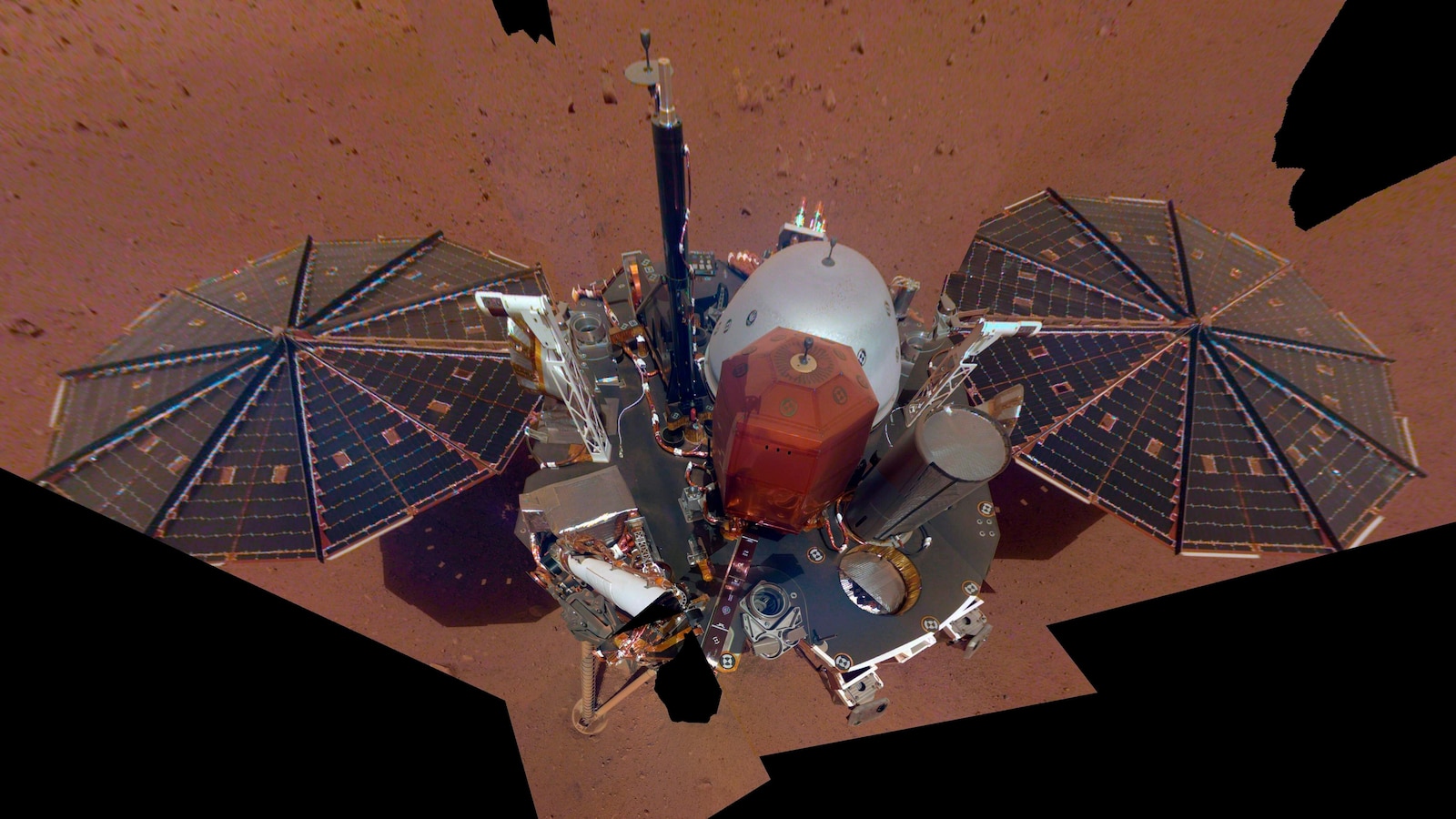Mars Confirmed to Possess Solid Inner Core, Similar to Earth
New studies, supported by Marsquakes data, confirm Mars has a solid inner core extending 380 miles, surrounded by molten metal and potentially lighter elements, akin to Earth's structure.
Subscribe to unlock this story
We really don't like cutting you off, but you've reached your monthly limit. At just $5/month, subscriptions are how we keep this project going. Start your free 7-day trial today!
Get StartedHave an account? Sign in
Overview
- Marsquakes have provided crucial seismic data, indicating the presence of a solid inner core within the red planet, similar to how Earth's interior is understood.
- The Martian core is characterized as small and solid, enveloped by a layer of molten metal, and potentially incorporates lighter elements such as oxygen, influencing its overall density.
- Scientific findings specify that Mars's solid inner core extends approximately 380 miles (610 kilometers) from the planet's center, offering precise dimensions for its deep interior.
- This discovery highlights a significant similarity between Mars and Earth, as both planets are now understood to possess a distinct solid inner core structure.
- Two independent studies, recently published in the prestigious journal Nature, have collectively confirmed these findings, solidifying the understanding of Mars's internal composition.
Report issue

Read both sides in 5 minutes each day
Analysis
Center-leaning sources cover this scientific discovery neutrally, presenting new findings about Mars' solid inner core in a straightforward, factual manner. They prioritize clarity and scientific detail, explaining the research methodology and comparing it to previous understanding. The inclusion of an independent expert's perspective, acknowledging both the findings and remaining questions, supports a balanced and objective presentation.
Articles (3)
Center (1)
FAQ
Mars's solid inner core extends approximately 380 miles (around 600 kilometers) in radius and is surrounded by molten metal. It likely contains a mixture of iron and lighter elements such as sulfur and oxygen, influencing its density and crystallization properties.
The solid inner core of Mars was confirmed through seismic data collected by NASA's InSight lander, which recorded marsquakes. Analysis of certain seismic waves that traveled through the planet indicated a change in wave speed consistent with transitioning from a liquid outer core to a solid inner core structure.
Both Mars and Earth possess a solid inner core; however, Mars’s core is smaller, with a radius around 600 km compared to Earth's larger inner core. Both have a solid inner core surrounded by molten outer layers, and their cores include iron mixed with lighter elements, indicating similar internal structures.
NASA's InSight mission, equipped with the first seismometer on another planet, recorded over 1,000 marsquakes between 2018 and 2022 before ceasing operations. Its seismic data provided critical insights into Mars's internal structure, enabling scientists to detect and analyze the solid inner core.
Discovering a solid inner core helps explain Mars's past dynamism and magnetic field history, shedding light on why Mars transitioned from a once possibly habitable planet with water to a cold desert. It suggests thermal evolution and core crystallization processes similar to Earth's, influencing its geological and atmospheric evolution.
History
- This story does not have any previous versions.


